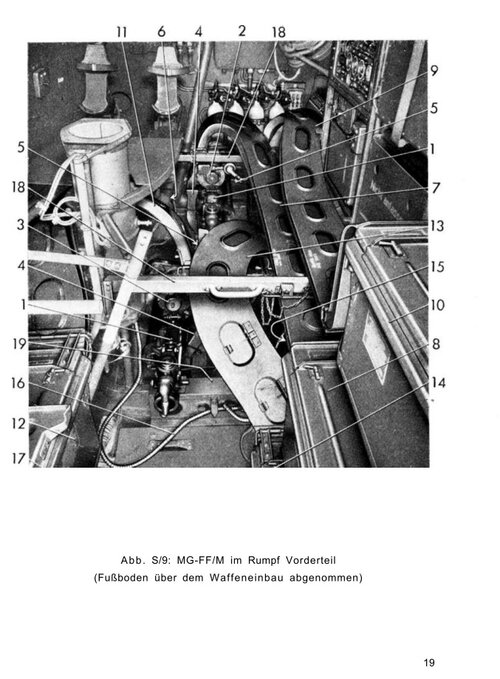" ... On top of that, the Luftwaffe's leadership prefers things like flak and creating a completely unnecessary ground army because Göring sees this as a necessary political power play to gain favor, and you have a perfect storm of inability to meet mission requirements.
So, where to start?"
Including flack troops in the Luftwaffe Chain of Command makes sense, because it brought them into line with search-light, radar and night-fighters.
OTOH Luftwaffe Field Divisions betray a weakness in the Nazi High Command, with every senior commander raising his own private army. During World War 2, Germany had 4 distinct types of infantry: Wehrmacht, SS, Kriegsmarine and Luftwaffe. Whermacht were the regular army so rightfully had plenty of infantry. Shutz Staffelen started as Nazi Party police and body guards, but enlisted volunteers for a separate army before WW2. Waffen SS gained a reputation for fierce fighting on every front. Kriegsmarine infantry were only available in small numbers at the start of WW2 (e.g. 250 Kriegsmarine Infantry assaulted Westkappel Penninsula, Gdansk Harbor at the start of WW2. Later in the war, surplus sailors were formed into adhoc infantry regiments that fought on the Eastern Front.
Herman Goering's Luftwaffe formed two distinct types of infantry. The first were elite Fallschirmjagers who captured fort Eban Emal on the first day of the invasion of Belgium. Fallschirmjagers also fought on all the other fronts. During the autumn of 1943, Fallschirmjagers in Italy transformed themselves into stubborn defenders.
Finally, as the Luftwaffe ran out of airplanes and petrol, they converted surplus personnel into adhoc Luftwaffe Field Divisions. Since they had little infantry training, they suffered heavy casualties during the last months of WW2.
Meanwhile, during 1944, the RCAF concluded that they had enough aircrew to win the war, so sent surplus aircrew home. This did not sit well with Canadian infantry regiments that suffered heavy casualties through 1943, 1944 and 1945 with few replacement soldiers reaching the battle field.

